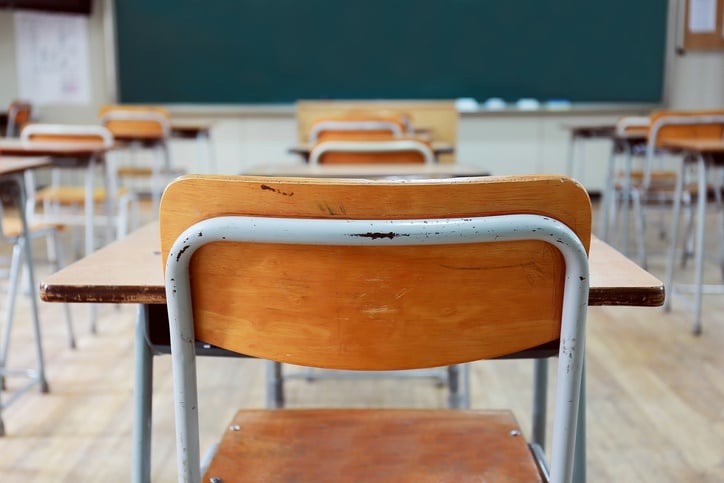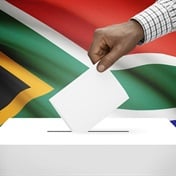
Many South African schools during the 20th century were ablaze with athletic activity during the first academic quarter of the year.
This was especially true of schools that were racially classified as coloured in the Cape Town city centre, the Cape Flats and surrounding areas.
A historical overview of school sport in these areas is a prism of the national scene, past and present.
These are areas where the apartheid geographical landscape reflects the social engineering of schooling of the apartheid era.
What the white government did was to ensure that children, classified white, received a better schooling experience than others and placed them under the administration of the house of assembly.
Children classified Indian attended schools under the administration of the house of delegates.
Children classified coloured were forced to attend schools under administration of the house of representatives.
And those labelled African had to attend schools residing under the department of education and training.
Funding was dispensed in that hierarchical order.
The sceptic will ask: does any of this matter now? After all, South Africa is a [rainbow nation] that is supposedly united in its diversity.
It does matter because the school sport divisions of the apartheid past are still firmly intact.
These inequalities are thus historical and in order to eradicate them, a new historical consciousness is needed by school sport administrators and education authorities.
The Cape Town resistance
In the old days, usually on a Saturday, white schools held traditional triangular athletic meetings.
As an act of resistance, in Cape Town, racially classified schools organised their own mass track and field meetings under the auspices of the Western Province School Sports Board, established in 1946 for primary schools, and the Western Province Senior Schools Sports Union, established in 1955 for high schools.
These two organisations rejected the racist categories foisted upon them.
The union was instrumental in establishing the South African Senior Schools Sports Association on April 5 1961 while the board was responsible for kick-starting the South African Primary Schools Sports Association on January 11 1965.
Between 1956 and 1995 these organisations provided thousands of children on the Cape Flats, who were victims of forced removals, an opportunity for enjoyable as well as intense athletic participation.
At high school level, schools were divided into sections, based on performance at the previous year’s championship meeting.
These sectional meetings, held on a week day, were attended by the entire school.
The athletic meetings were preceded by an inter-house event, in most cases organised by physical education teachers.
Students prepared sing-songs leading up to inter-school meetings.
In 1996 there were 12 sections consisting of an average of 10 schools each at the inter-schools.
Each school had about 800 pupils, which meant that there were about 10 000 spectators and athletes at each meeting, if one takes educators, officials, public support and the media into account.
Participation in these events gave children from the Cape Flats a sense of loyalty to their school and community without the added burden of a national patriotism.
This loyalty included looking after school property, not doing drugs and avoiding gangsterism.
Of course, vandalism, drugs and gangs existed, but there was an alternative – participation in school athletics events.
The new South Africa made it worse
Things changed dramatically for these schools after democracy dawned in 1994, for the worse.
In the wake of the sport unifications in the first half of the 1990s, the defiant sports associations were dissolved.
In the euphoria of the “new South Africa”, a new body was formed, the United Schools Sports Association of South Africa.
Many disadvantaged schools hoped they could share the sport competitions and facilities with more privileged schools.
This did not happen.
Formerly white schools continued with their triangular meetings while everyone else had to be satisfied with poorly arranged athletic meetings.
This, coupled with the rationalisation of teachers during the 1990s that affected mainly coloured-classified schools, destroyed organised school sport for Cape Town’s economically poor children.
Are we surprised that we read of unheard levels of school burglaries and vandalism?
The national department of basic education has hatched numerous schemes to intervene, but the lack of meaningful school sport participation for Cape Town’s poor, remained the same.
These children are worse off than those who lived under apartheid because the “new” South African dream has failed them.
What’s to be done?
So then, how do we fix this mess? And a mess it is.
School sport administrators should be exposed to a new historical consciousness about school sport administration in materially poor communities.
Of course, this is not enough.
The heavy burden of teaching workloads, overcrowded classrooms and community problems, makes it near impossible for teachers to form independent school sport organisations as they did in the past.
In my opinion, the education department must revisit the curriculum and introduce physical education as a compulsory subject.
Of course, on it’s own this is not enough.
Teaching bursaries should be made available for students to study under-graduate and post-graduate courses in physical education at registered institutions.
Then universities will be obliged to introduce physical education training into their curriculum offerings.
One should not forget that physical education teachers were at the forefront of the Cape Town associations that grew school sport even during apartheid.
These teachers, if they are trained properly, will hopefully agitate for better facilities and organise school sport opportunities for children.
If the national education department provides funding for school athletic competitions, based on the old Cape Town models, maybe then the state of shabby school sport for the materially poor will finally be corrected.
Dr Francois Cleophas is a senior lecturer in sport history at Stellenbosch University
 | ||||||||||||||||||||||||||
Get in touchCity Press | ||||||||||||||||||||||||||
| ||||||||||||||||||||||||||
| Rise above the clutter | Choose your news | City Press in your inbox | ||||||||||||||||||||||||||
| City Press is an agenda-setting South African news brand that publishes across platforms. Its flagship print edition is distributed on a Sunday. |




 Publications
Publications
 Partners
Partners








